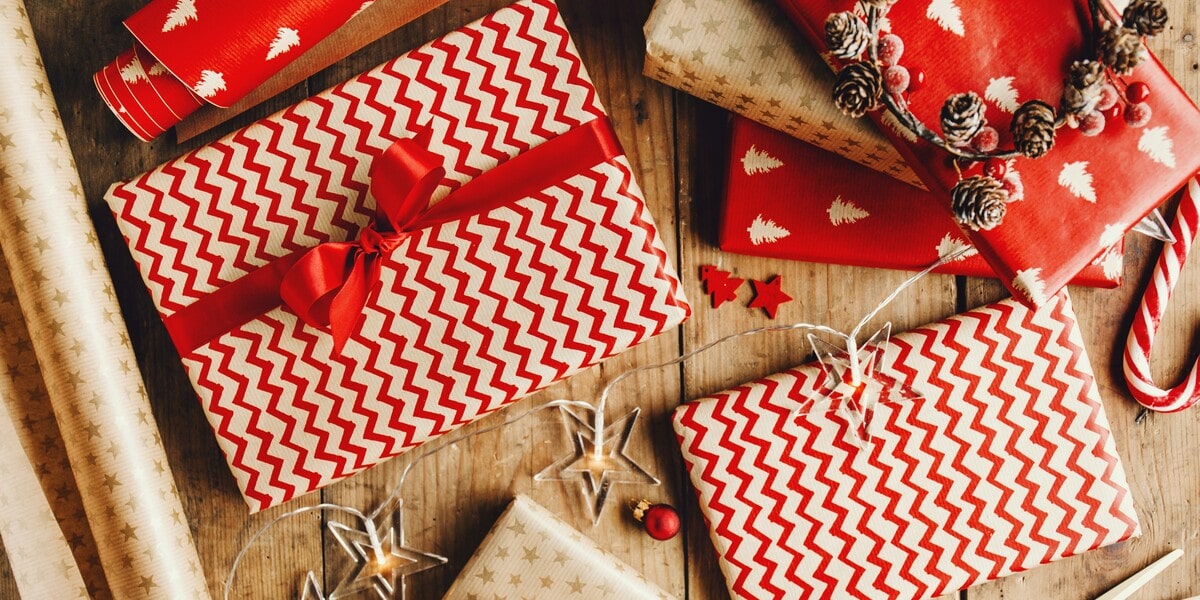
Blog
How to Use DTF Powder in Printing – Top 4 Tips You Need When Using it
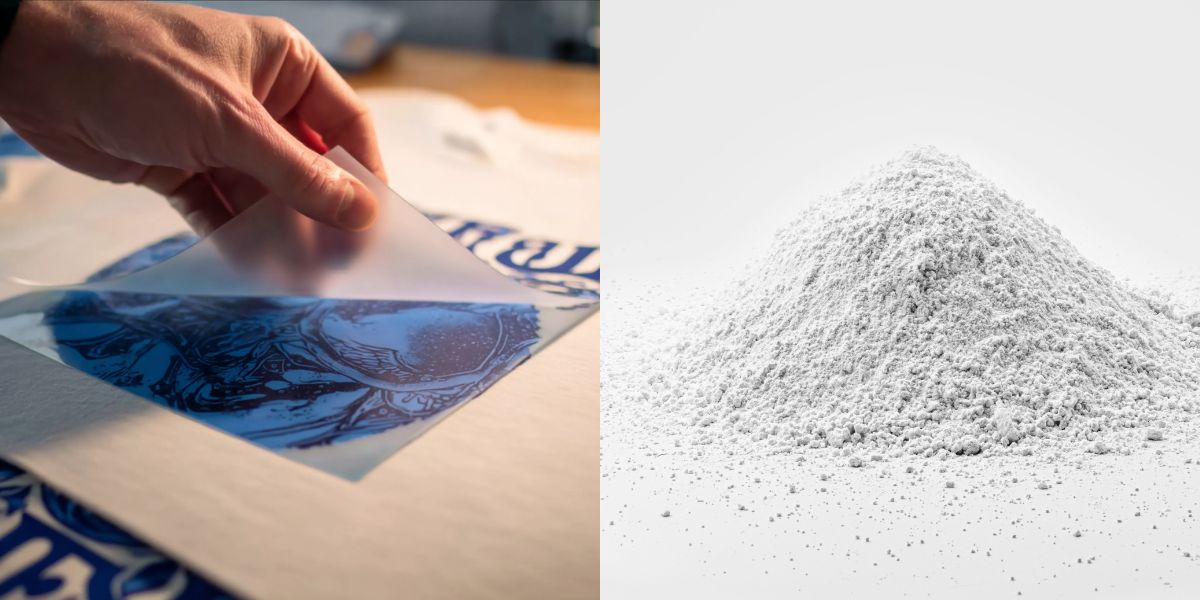
DTF Powder is an important element used in making Direct to Film (DTF) transfers. If you’re handling this kind of production and wondering how to use DTF powder the right way to create even prints, you’re in the right place.
In this post, you’ll find the completed guide and 4 bonus tips to help you work with DTF powder smoothly—from applying it to curing and pressing the final DTF printed product. With these understanding, you can make your prints look better and last longer, even if you’re just starting out. So, let’s get started.
How to Use DTF Powder in Printing
In the previous article, we’ve learned that DTF powder is one of the most important elements that make up DTF transfers. Using DTF powder correctly is key to getting high-quality prints with Direct to Film printing.
So, how to use DTF powder in printing? This process involves a few clear steps taken after you have printed ink onto the DTF film, which are: applying powder, curing, and cooling. Each step ensures that your design will transfer smoothly and last long on fabric or other materials.
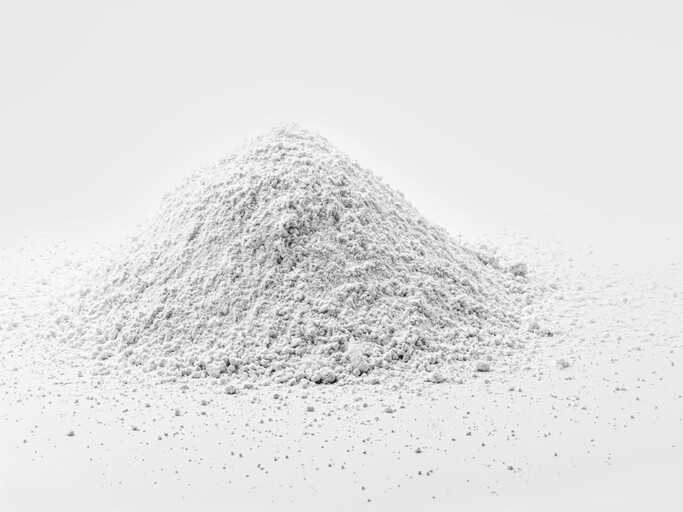
Let’s break it into details.
Prepare the design:
First, you will need a printed film ready for applying DTF powder. It is a newly printed design on a special transfer film, which is created using DTF ink. This ink is still wet enough for the powder to stick properly.
Apply DTF powder:
DTF powder will be turned into an adhesive layer that helps the ink bond to the fabric after heat pressing. So in the next step, we will apply the DTF Powder to the back of the printed design. Keep the print facing down and sprinkle the powder evenly over that wet surface.
In this step, you need to:
- Sprinkle the powder gently and evenly to cover all printed areas.
- Shake off any excess powder carefully, so it doesn’t clump or cause uneven transfer.
Curing the powder:
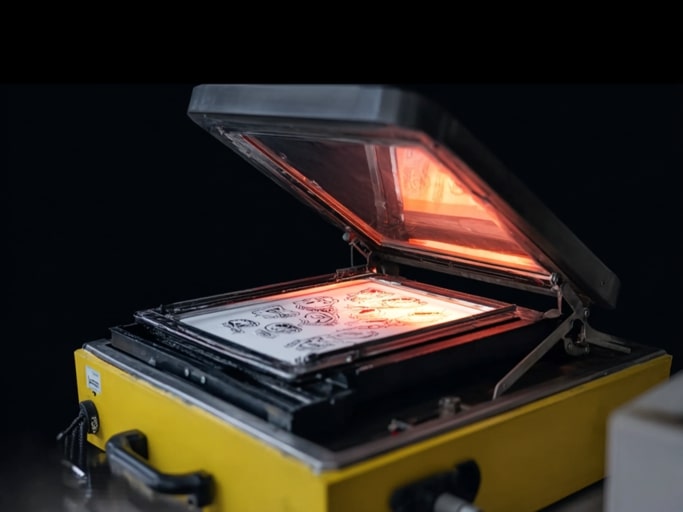
Once the powder is applied onto the back printed design, we will move to the step of curing it. It involves melting it and then leaving it to cool down. After that, the powder will turn into an even layer on the film.
To cure DTF powder, you need to:
- Place the powder-coated film into a dryer or oven.
- Use the recommended temperature and time to melt it down. You can set the temperature at around 320-350°F for 2-3 minutes.
- Watch for the powder to melt evenly and form a smooth adhesive layer on the ink.
- Take the film out of the oven and let it cool down completely, ensuring the powder solidifies.
Once it has cooled, you’ve got a DTF transfer ready to be used. You can heat pressed it to transfer the printed design onto your chosen fabric or material. In this transferring process, the DTF powder layer will activate under heat, bonding the printed design securely to the fabric, resulting in a durable, vibrant print on the item.
4 Common DTF Powder Issues and How to Avoid Them
Those who are new to this DTF transfer printing may work with DTF powder in some improper ways. This leads to some issues that can waste time, material, and result in low quality DTF prints after all.
So, let’s learn 4 common mistakes while handling DTF powder and prepare some practical tips to avoid these issues.
Thick adhesive spots
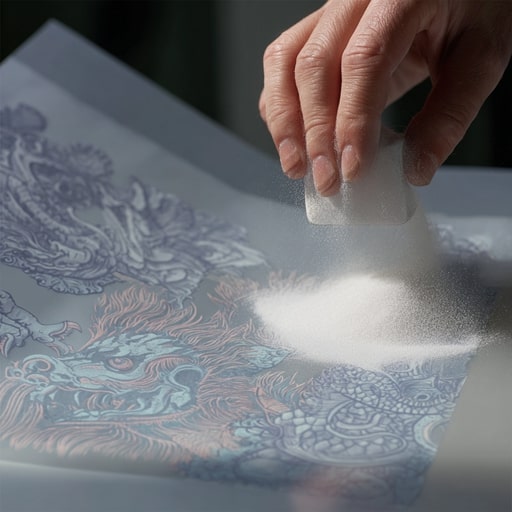
One frequent issue is some spots in the final DTF transfer are thicker than other areas. These spots appear when the powder may have clumped together while you are applying it to the wet print.
This is because of moisture in the powder or applying too much powder at once.
To avoid this issue, you should:
- Store DTF Powder in airtight containers with desiccants to keep moisture out.
- Sift the powder before use to break up any clumps.
Uneven adhesion
Another problem is the uneven surface of the adhesive layer. The patchy or thin adhesive area may not help the print hold up to the fabric, then you can see some parts of the print easily peel off your fabric item soon after being transferred there.
Uneven adhesion is caused by uneven powder or inconsistent heat during curing.
To prevent these mistakes, you should pay more attention to the powder applying process. Besides, we recommend:
- Using a powder shaker or sieve to help sprinkling powder cover the area more consistently.
- Investing in a heat press or curing oven with a digital temperature gauge to ensure distributing even heat.
These tools and machines are especially beneficial when you are handling larger prints or gang sheets.
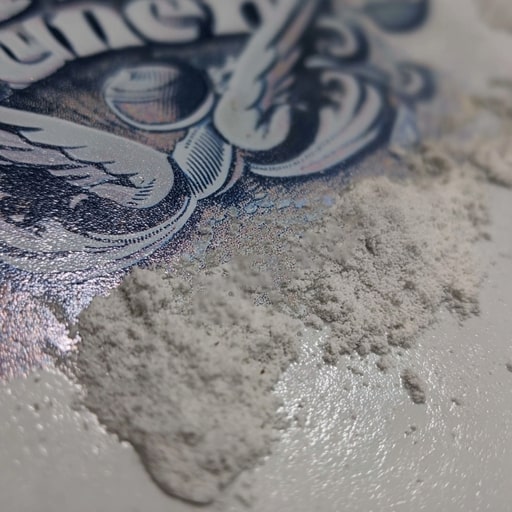
Grainy powder
Sometimes, the powder remains grainy after curing. This means the melting step wasn’t done properly—either the temperature was too low or the curing time too short.
Ensuring the correct heat and timing prevents this issue.
Yellow or brown marks
Lastly, we may face some yellow or brown marks on the final DTF prints. These marks occur from overheating during curing, especially if the powder melts too long without cooling.
To reduce the risk of overburning DTP powder, let’s:
- Test your curing setup with small batches first.
- Adjust time and temperature to find the right balance before starting large runs.
How to Store DTF Powder Properly
Once you’ve done curing the DTF powder, you got the finished DTF transfers. If you don’t need to use them immediately, learning how to store DTF Powder properly is necessary.
Why? Because the layer of DTF Powder on printed transfer sheets that we will put into storage is moisture-sensitive and needs careful handling.
Improper storage of DTF Powder on printed transfers can lead to problems like uneven melting, clumping, or degradation of the powder layer. Later, these issues can ruin the final print when you transfer it onto fabric.
Thus, to keep your DTF powder in the back of your finished DTF transfers in good condition, consider some storage practices:
- Lay them flat for storage
- Put them in dry, airtight container
- Avoid direct sunlight or heat
- Keep them away from humidity and high temperatures
- Check the powder layer before use your DTF transfers
These tips will help maintain the quality of the DTF Powder layer and ensure better results for your printed transfers.
For more detailed tips, you may want to read our blog post on “How to store DTF transfers”.
Last thoughts
Understanding how DTF powder is used in DTF transfer production and how to store DTF transfers properly can make a big difference in the quality and durability of your final transfers. Let’s use these tips to ensure smooth and successful DTF transfers applying every time.
If you’re looking for reliable, high-quality DTF transfers, consider printing with us. Our services focus on delivering well-prepared transfers that hold up well and look great on your chosen materials.







